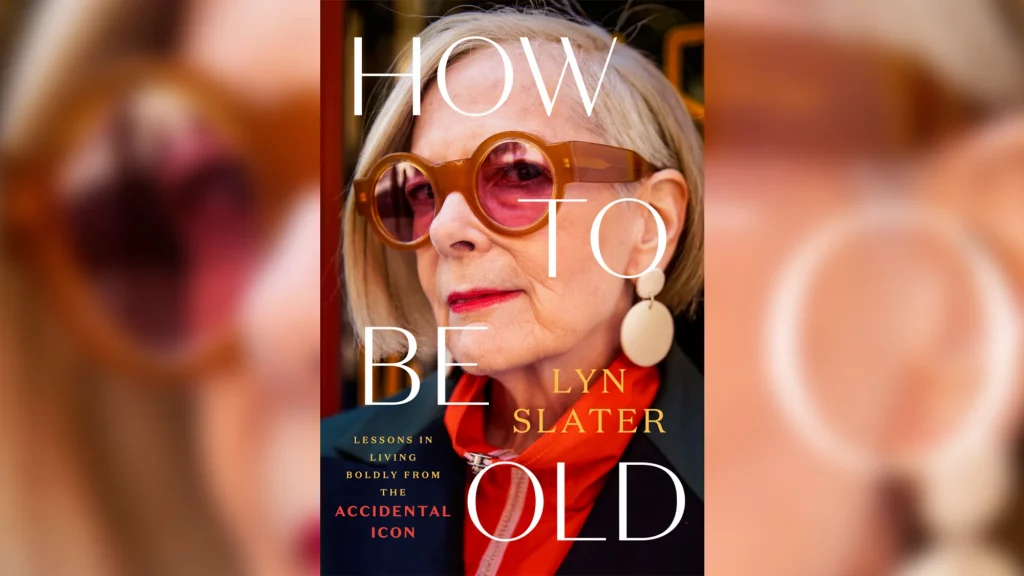Blog
“I’m 70 years old — why shouldn’t my clothes convey my sexuality, and sense of style?”
In a society often fixated on youth and beauty, the concept of aging gracefully has long been a topic of discussion and debate. However, as individuals defy stereotypes and embrace their age with confidence and vitality, questions arise about the expectations placed upon them, particularly regarding their choice of clothing. At the forefront of this discussion is the assertion made by many seniors: “I’m 70 years old — why shouldn’t my clothes convey my sexuality and sense of style?”
Age, as many argue, should not dictate one’s right to express themselves through fashion. Yet, societal norms and stereotypes often suggest otherwise, especially when it comes to older adults. The notion that seniors should dress conservatively, abandoning any semblance of sensuality or fashion-forwardness, has persisted for decades. However, as the world evolves and perceptions of aging shift, so too do attitudes towards fashion and self-expression among older adults.
At the heart of this discussion lies the intersection of ageism, sexism, and fashion. For too long, older women, in particular, have been subjected to rigid expectations regarding their appearance and attire. The pressure to conform to outdated standards of “age-appropriate” dressing has limited their freedom of expression and perpetuated harmful stereotypes. However, as society begins to challenge these norms, a new narrative emerges—one that celebrates individuality, diversity, and self-confidence at any age.
For many seniors, fashion is a form of empowerment—a means of asserting their identity and reclaiming agency over their bodies. Whether it’s a bold statement piece, a chic ensemble, or a daring accessory, clothing becomes a vehicle through which they assert their presence and defy societal expectations. As one septuagenarian remarked, “My wardrobe is a reflection of who I am—a vibrant, confident woman unafraid to embrace her sensuality and style.”
Furthermore, the argument that older adults should dress modestly to avoid drawing attention to themselves undermines their autonomy and perpetuates ageist stereotypes. It suggests that they should fade into the background, conforming to society’s narrow definition of aging gracefully. However, this notion fails to acknowledge the diverse experiences, preferences, and personalities that define individuals as they age.
Moreover, the link between clothing and sexuality among older adults challenges entrenched beliefs about aging and desire. Contrary to popular misconceptions, sexuality does not diminish with age; rather, it evolves and adapts to changing circumstances. For seniors, expressing their sexuality through fashion is not about seeking validation or approval but reclaiming their bodies and desires on their own terms.
Yet, despite the growing movement towards age-inclusive fashion, barriers remain. The fashion industry, in many respects, continues to prioritize youth and beauty, relegating older adults to the margins. Limited options, stereotypical representations, and ageist marketing campaigns perpetuate the idea that fashion is exclusively for the young—a notion that fails to reflect the diverse demographics of consumers.
To address these challenges, advocates call for greater representation of older adults in the fashion industry, both on the runway and in advertising campaigns. They emphasize the importance of inclusivity, diversity, and authenticity in showcasing the myriad expressions of style and beauty across generations. By challenging ageist stereotypes and celebrating the beauty of aging, the fashion industry can pave the way for a more inclusive and equitable future.
In conclusion, the assertion—”I’m 70 years old—why shouldn’t my clothes convey my sexuality and sense of style?”—is a powerful declaration of agency, autonomy, and self-expression. It challenges ageist norms, redefines perceptions of aging, and celebrates the inherent beauty and vitality of older adults. As society continues to evolve, so too must our attitudes towards fashion, embracing diversity, inclusivity, and individuality at every age.
In contemporary society, the perception of aging has undergone a transformation, challenging traditional notions and stereotypes that once governed how individuals navigate their later years. One area where this shift is particularly evident is in the realm of fashion. For older adults, the question of how to dress becomes more than just a matter of personal preference; it becomes a statement of identity, autonomy, and defiance against ageist conventions.
At 70 years old, many individuals find themselves at a crossroads, grappling with societal expectations that dictate they should dress modestly, fade into the background, and conform to a more conservative aesthetic. However, for a growing number of seniors, this notion is outdated and out of touch with their lived experiences. Instead, they embrace fashion as a form of self-expression, unapologetically asserting their personality, sensuality, and style.
For decades, older women, in particular, have been subjected to narrow standards of beauty and femininity, reinforced by the media, advertising, and cultural norms. The pressure to maintain a youthful appearance, coupled with the expectation to dress in a manner deemed “appropriate” for their age, has led many to feel invisible and marginalized. However, as the baby boomer generation enters its golden years, a seismic shift is underway—a rebellion against ageism and a celebration of individuality.
At the heart of this movement is the belief that fashion knows no age. Whether one is 20 or 70, clothing serves as a canvas for self-expression—a reflection of one’s personality, values, and aspirations. For older adults, in particular, fashion becomes a tool for reclaiming agency over their bodies and defying societal expectations that seek to diminish their presence and relevance.
Moreover, the link between clothing and sexuality among older adults challenges entrenched beliefs about aging and desire. Contrary to popular misconceptions, sexuality does not diminish with age; rather, it evolves and adapts to changing circumstances. For seniors, expressing their sexuality through fashion is not about seeking validation or approval but reclaiming their bodies and desires on their own terms.
Yet, despite the growing movement towards age-inclusive fashion, barriers remain. The fashion industry, in many respects, continues to prioritize youth and beauty, relegating older adults to the margins. Limited options, stereotypical representations, and ageist marketing campaigns perpetuate the idea that fashion is exclusively for the young—a notion that fails to reflect the diverse demographics of consumers.
To address these challenges, advocates call for greater representation of older adults in the fashion industry, both on the runway and in advertising campaigns. They emphasize the importance of inclusivity, diversity, and authenticity in showcasing the myriad expressions of style and beauty across generations. By challenging ageist stereotypes and celebrating the beauty of aging, the fashion industry can pave the way for a more inclusive and equitable future.
In conclusion, the assertion—”I’m 70 years old—why shouldn’t my clothes convey my sexuality and sense of style?”—is a powerful declaration of agency, autonomy, and self-expression. It challenges ageist norms, redefines perceptions of aging, and celebrates the inherent beauty and vitality of older adults. As society continues to evolve, so too must our attitudes towards fashion, embracing diversity, inclusivity, and individuality at every age.
 Skip to content
Skip to content

